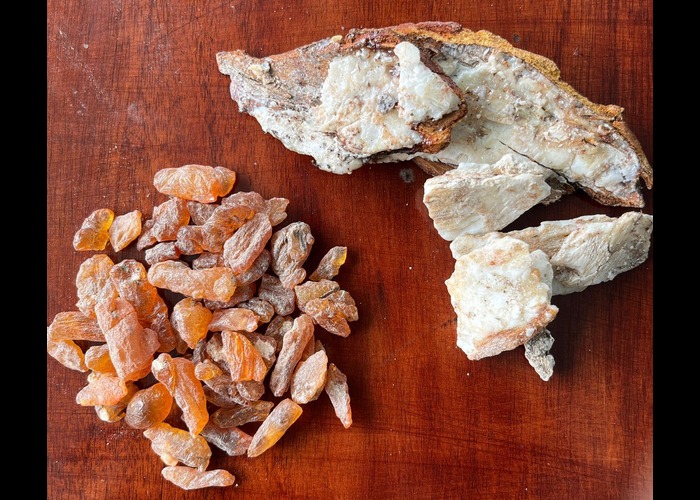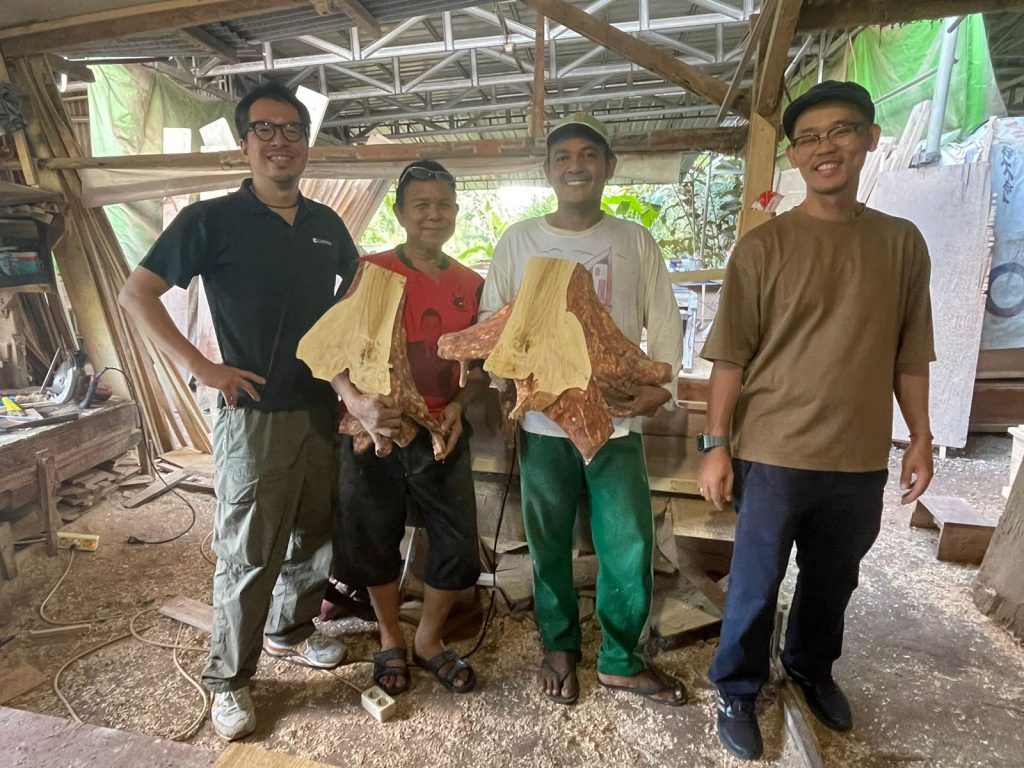Indonesia has long been recognized as a source of high-quality sandalwood, a precious and aromatic wood highly sought after for its fragrance, medicinal properties, and cultural importance. Among the regions most associated with sandalwood is East Nusa Tenggara, particularly the islands of Sumba and Timor. The long-standing connection between Indonesia and sandalwood dates back centuries, with historical records highlighting its role in trade, religious ceremonies, and traditional healing.
Historical Background
Sandalwood, known locally as Cendana, has been an integral part of Indonesian history. It has been exported since the early centuries of the spice trade, establishing itself as a valuable commodity during the Majapahit Kingdom and later colonial periods. Early traders from India, China, and Arabia sought Indonesian sandalwood for its therapeutic and aromatic properties. Its deep, rich fragrance made it highly desirable for use in incense, perfumes, and religious rituals.
The Sumbanese people, for example, view sandalwood as a symbol of wealth and status. In some local traditions, sandalwood is used during marriage dowries or as an offering in spiritual ceremonies. The wood itself is also seen as a sacred material, believed to harbor protective and healing powers.
Sandalwood in Modern Times
Despite its rich history, sandalwood cultivation in Indonesia faces modern challenges. Overharvesting, illegal logging, and deforestation have significantly reduced natural sandalwood populations. East Nusa Tenggara, once the epicenter of sandalwood production, now produces far less compared to past centuries. Efforts to restore and sustainably manage sandalwood forests are gaining attention. Initiatives aimed at promoting reforestation, community-managed plantations, and stricter regulations are key in reviving this industry.
Economic and Global Demand
Sandalwood remains an important export for Indonesia, with growing demand from countries such as India, Japan, and China. The wood is commonly used in the production of luxury items like perfumes, incense sticks, and cosmetics. The oil extracted from the heartwood is particularly valuable, prized for its long-lasting scent. Indonesian sandalwood, due to its unique fragrance and fine grain, continues to hold a competitive edge in the global market.
Conclusion
Indonesia’s sandalwood holds a place not only in the country’s economic and cultural fabric but also in its ecological landscape. The wood has deep roots in Indonesian history and tradition, and modern-day efforts to revive and protect it signal its ongoing importance. By investing in sustainable practices and community-managed forests, Indonesia can ensure that its rich sandalwood heritage continues for generations to come.




